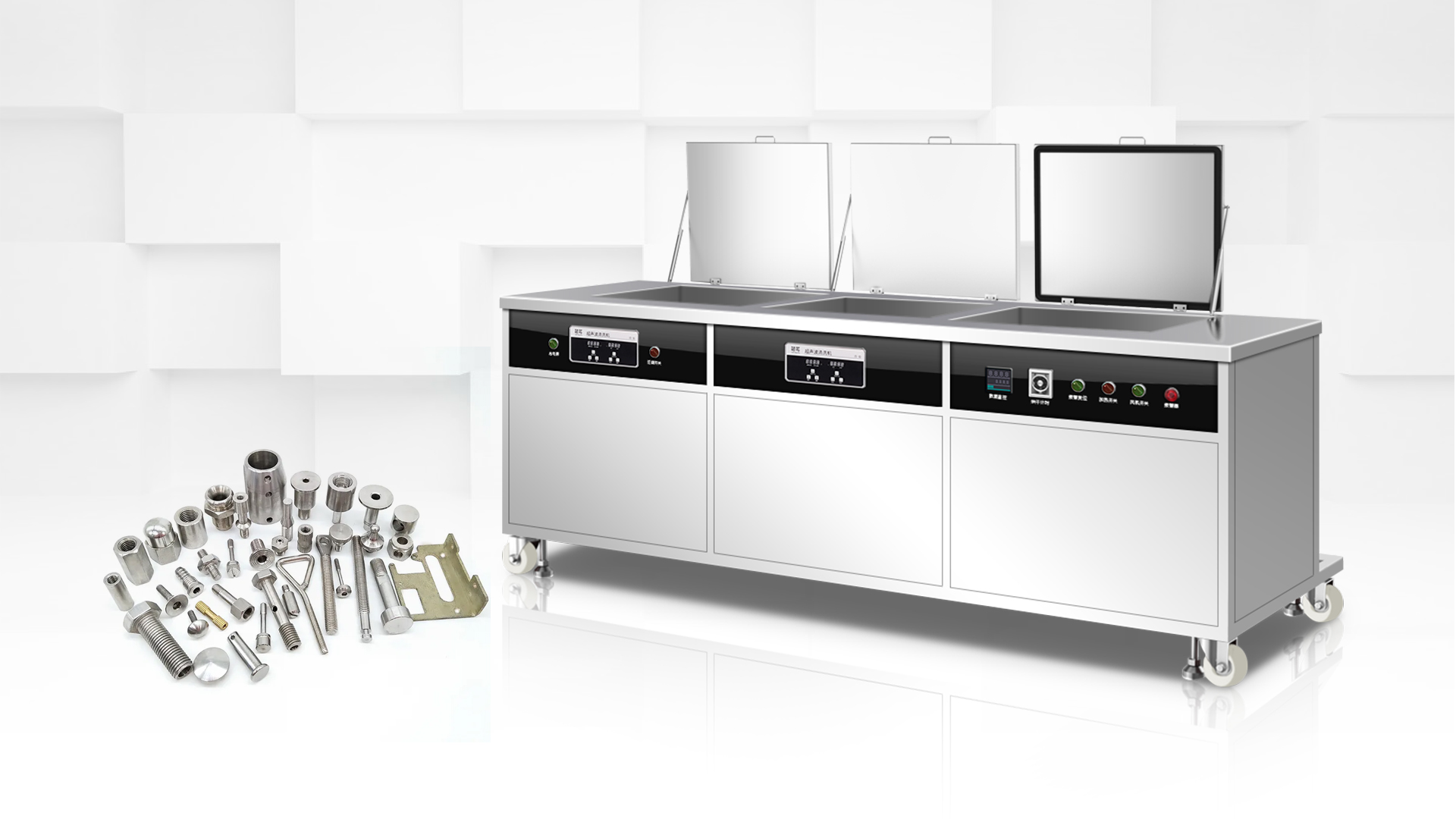
Ultrasonic cleaning machines utilize ultrasonic energy to clean objects. They are widely used in industry and laboratories. For small hardware parts and carbide cutting tools, ultrasonic cleaning machines can effectively remove dirt, grease, and processing residue from surfaces, improving cleaning quality and efficiency.
I. Principle of Ultrasonic Cleaning Machines
The principle of ultrasonic cleaning machines is based on the vibration of ultrasound waves in a liquid, which generates tiny bubbles. These bubbles periodically explode under the influence of the sound field, generating instantaneous pressures of tens or even hundreds of megapascals. This impact force can remove dirt and particles from the surface of the object. At the same time, the ultrasonic vibrations also produce powerful agitation and flushing effects, accelerating the cleaning process.
II. Advantages of Ultrasonic Cleaning Machines
1. Effective Cleaning: Ultrasonic cleaning can thoroughly remove dirt, grease, processing residue, and other surface residues, improving cleaning quality.
2. High Cleaning Efficiency: Ultrasonic cleaning machines can complete large cleaning tasks in a short period of time, improving work efficiency.
3. Less Damage to Objects: Compared to traditional cleaning methods such as brushing and polishing, ultrasonic cleaning causes less damage to the surface of objects, making it particularly suitable for fragile, delicate, and valuable workpieces.
4. Environmentally Friendly and Energy-Saving: Ultrasonic cleaning does not require the use of large amounts of chemical reagents and cleaning agents, reducing environmental pollution and resource consumption.
III. Applications of Ultrasonic Cleaners in Hardware Processing
1. Cleaning Small Hardware Parts: Ultrasonic cleaning machines can effectively remove oil stains, rust, and processing residues from the surfaces of small hardware parts, improving product quality.
2. Cleaning Delicate Parts: For fragile, delicate, and valuable small hardware parts, ultrasonic cleaning can avoid damage caused by traditional cleaning methods and improve the integrity of the parts.
3. Cleaning Jewelry: Ultrasonic cleaning machines can effectively remove dirt and grease from the surface of jewelry, enhancing its brightness and aesthetics.
4. Cleaning Measuring Tools and Cutting Tools: Ultrasonic cleaning can thoroughly remove residue and dirt from the surfaces of measuring tools and cutting tools, ensuring measurement accuracy and tool sharpness.
IV. Using an Ultrasonic Cleaner
1. Select the appropriate cleaning agent: Choose the appropriate cleaning agent based on the material and degree of soiling.
2. Add the cleaning agent to the cleaning tank, add an appropriate amount of clean water, and adjust the temperature and cleaning time.
3. Place the small hardware parts to be cleaned in the cleaning tank, ensuring they are completely submerged.
4. Turn on the ultrasonic cleaner and set the appropriate ultrasonic power and cleaning time as needed.
5. After the cleaning process is complete, turn off the ultrasonic cleaner, remove the small hardware parts, and rinse them with clean water.
V. Precautions
1. Safety precautions: When using an ultrasonic cleaner, pay attention to safety precautions to avoid accidents such as liquid splashing or electrical leakage.
2. Avoid collisions: When placing and removing small hardware parts, be careful to avoid collisions and damage.
3. Protect parts: Fragile, delicate, and valuable parts require special care to avoid damage.
4. Pay attention to cleaning agent selection: Choose the appropriate cleaning agent based on the item being cleaned and the severity of the stain to achieve optimal cleaning results.
Ultrasonic cleaning machines offer advantages such as high efficiency, safety, and environmental friendliness in small hardware processing, improving product quality and production efficiency. During use, please ensure safety and protect the item to achieve optimal cleaning results.






